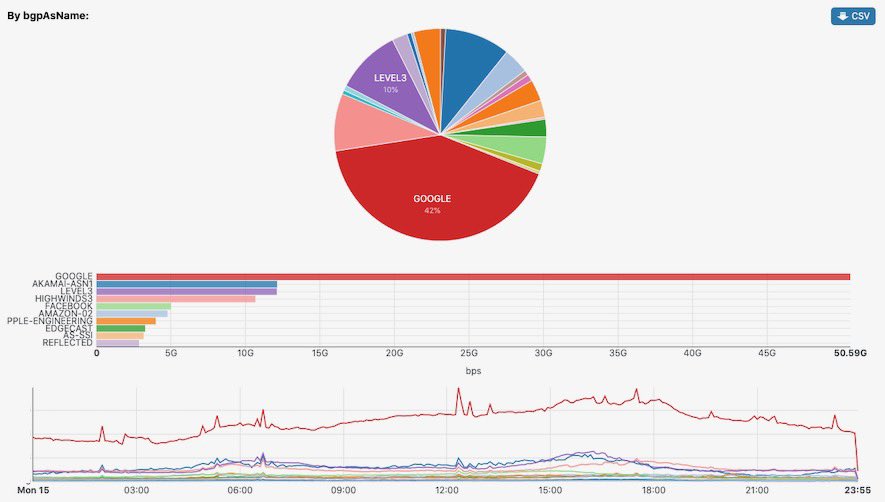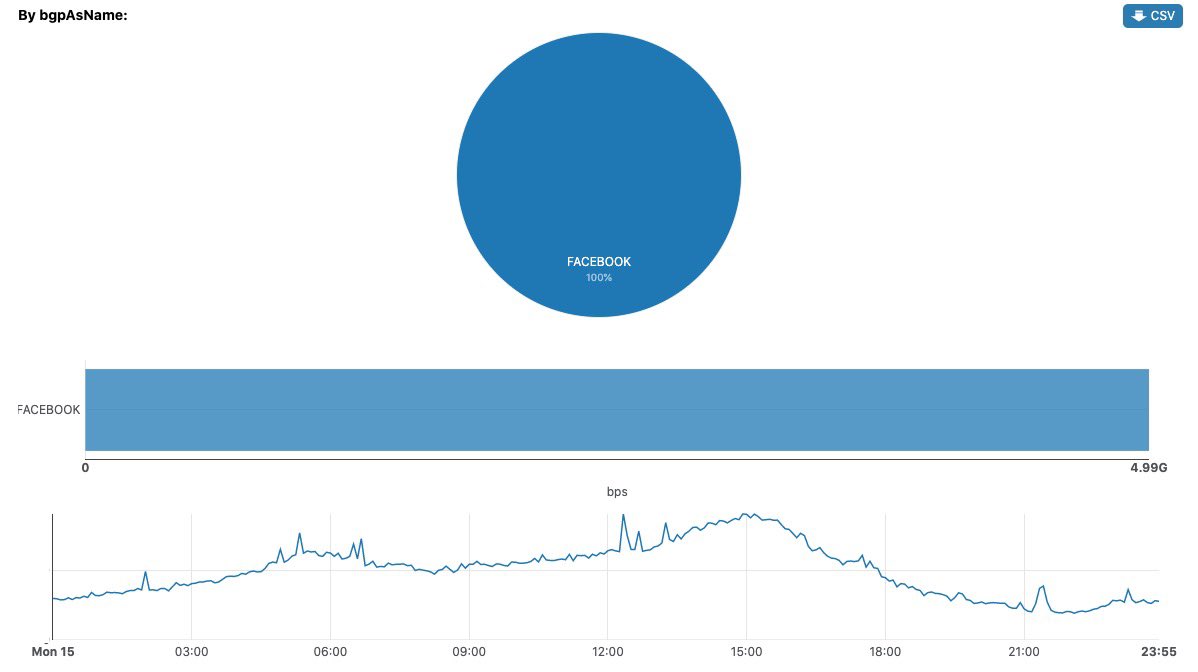There’s a lot of buzz right now about a “massive DDoS attack” targeting the US, complete with scary-looking graphs (see Tweet below). While it makes for a good headline in these already dramatic times, it’s not accurate. The reality is far more boring. 1/X https://twitter.com/JDaIey/status/1272643998432350208
It starts with T-Mobile. They were making some changes to their network configurations today. Unfortunately, it went badly. The result has been for around the last 6 hours a series of cascading failures for their users, impacting both their voice and data networks. 2/X
That caused a lot of T-Mobile users to complain on Twitter and other forums that they weren’t able to reach popular services. Then services like Down Detector scraps Twitter and report those services as being offline. 3/X
So now people are looking around for an explanation and they stumble across sites like the Arbor Networks attack map. It looks terrifying today! Thing is, it always looks terrifying. It’s a marketing gimmick put up to sell DDoS mitigation services so that’s not surprising. 4/X
From @Cloudflare’s vantage point, we can see a number of things that show there is no massive DDoS attack. First, traffic from WARP to supposedly impacted services is normal and has no increase in errors. 5/X
Second, there is no spike in traffic to any of the major Internet Exchanges, which you do see during actual DDoS attacks and definitely would during one allegedly this disruptive. 6/X
Finally, our team know the network operators at nearly all the other major Internet services and platforms and none of them are reporting anything anomalous. 7/X
Except T-Mobile, which is having a bad day almost certainly entirely of their own team’s making. So, please, #hugops. And don’t worry, this is one thing that does not need to get added to the list of craziness that has been 2020. 8/8

 Read on Twitter
Read on Twitter







